Choctaw
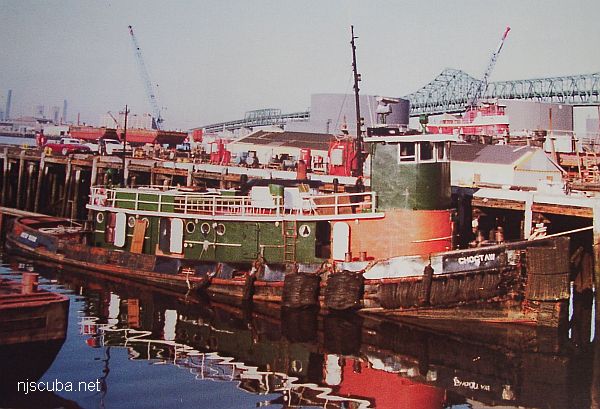
- Type:
- artificial reef, tugboat
- Name:
- An Indian tribe of south and central Mississippi, later forcibly moved to the Oklahoma territory.
- Built:
- 1966, Ira S. Bushey & Sons, Brooklyn NY USA
- Specs:
- ( 90 x 24 ft ) 84 gross tons
- Sponsor:
- Spentonbush Red Star Company, Beach Haven Marlin & Tuna Club, Fish America, Atlantic County Reef Society
- Sunk:
- Tuesday April 7, 1991 - Garden State North Artificial Reef
- GPS:
- 39°37.894' -74°01.284'
- Depth:
- 75 ft
intact, semi-upright, surrounded by tire units
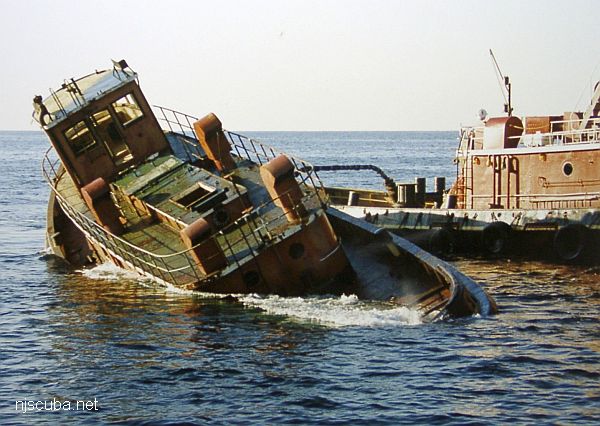
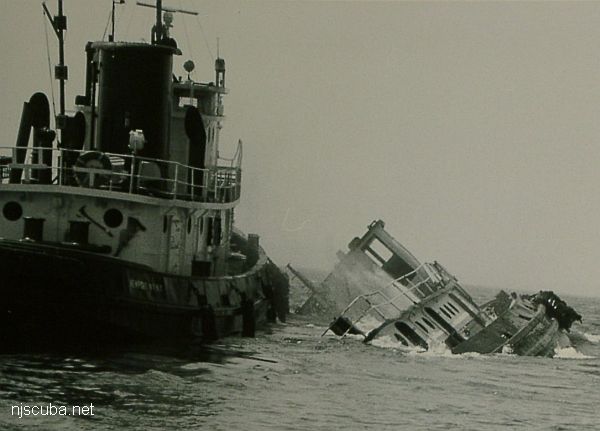
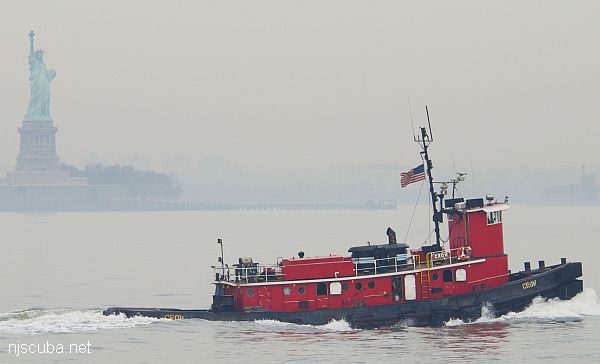

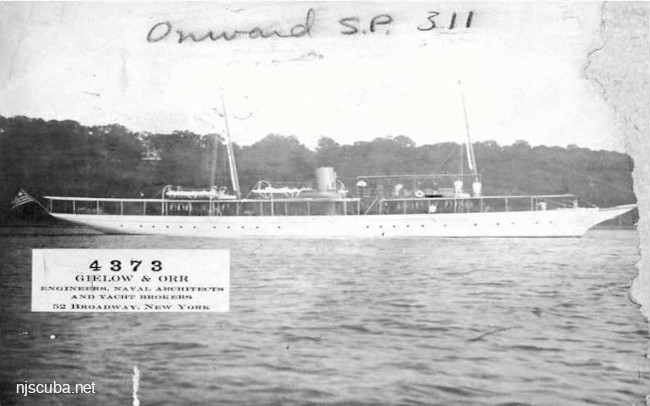
Questions or Inquiries?
Just want to say Hello? Sign the .